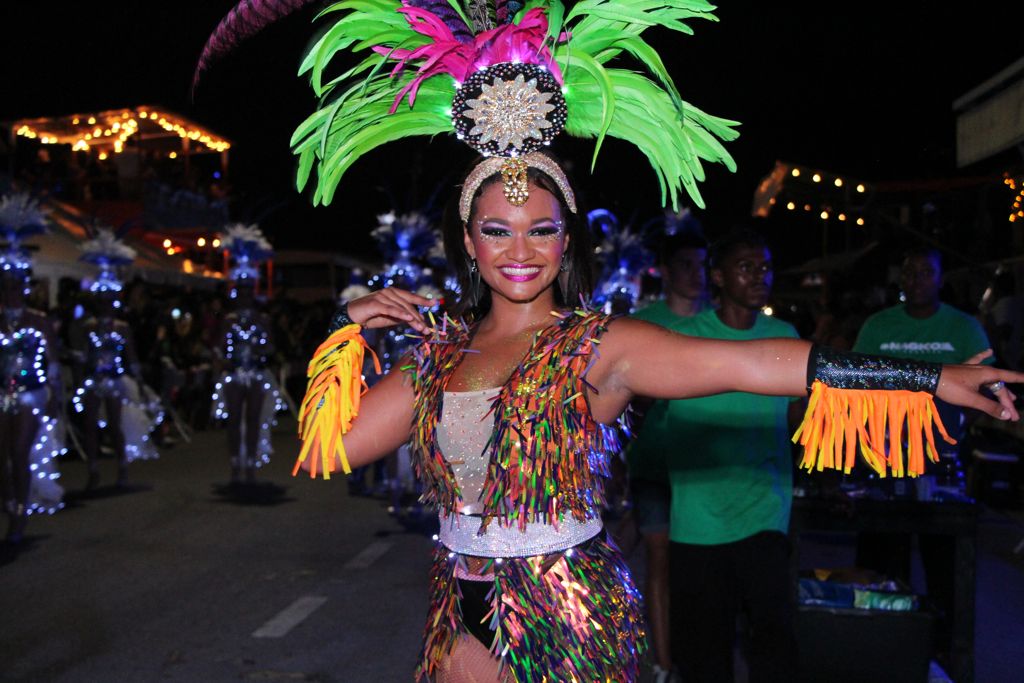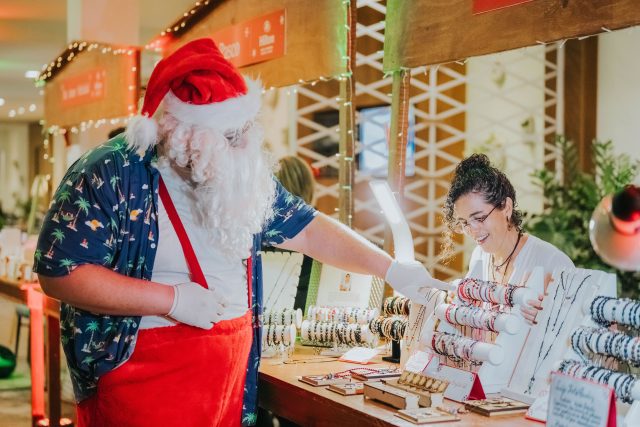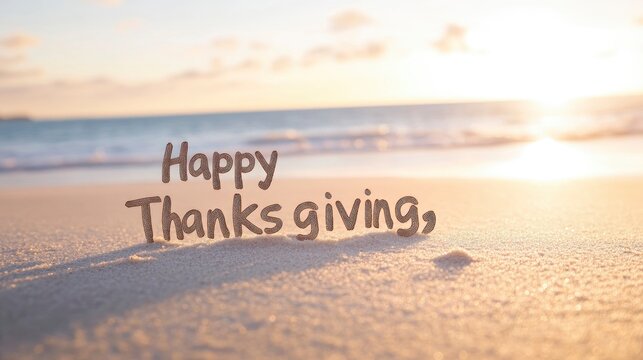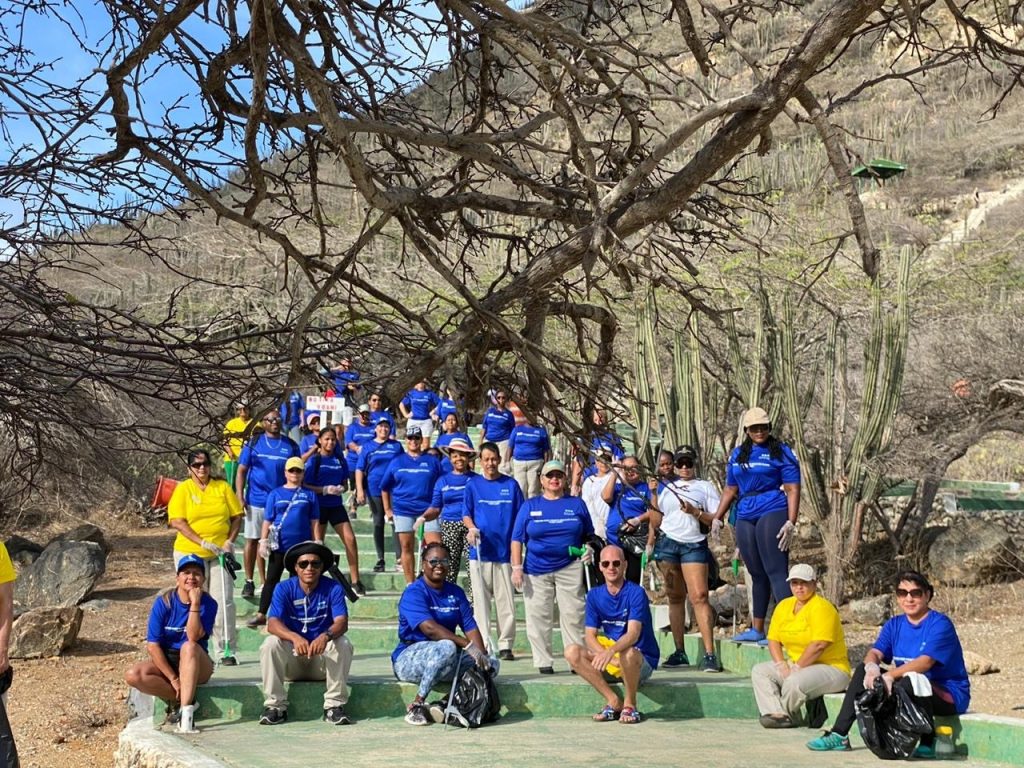In the book ‘Carnival in Aruba: History and Meaning in Aruba’s Bacchanal’, Victoria M. Razak describes Carnival as a way to ‘suspend the rules of everyday life with a mask and a costume’. She goes on to describe the phenomenon of Carnival as ‘a time out of time’ when people can indulge in behavior that is ordinarily socially unacceptable. (Nudge, nudge, wink, wink.)
In a nutshell, it’s a party that epitomizes hedonism and lasts for the six weeks that precede the Lenten Season, locally known as Quaresma. You’ve probably noticed that in the tropics, Carnival overshadows every other celebration. Even the luster of Christmas can’t hold a candle to Carnival in the Caribbean.
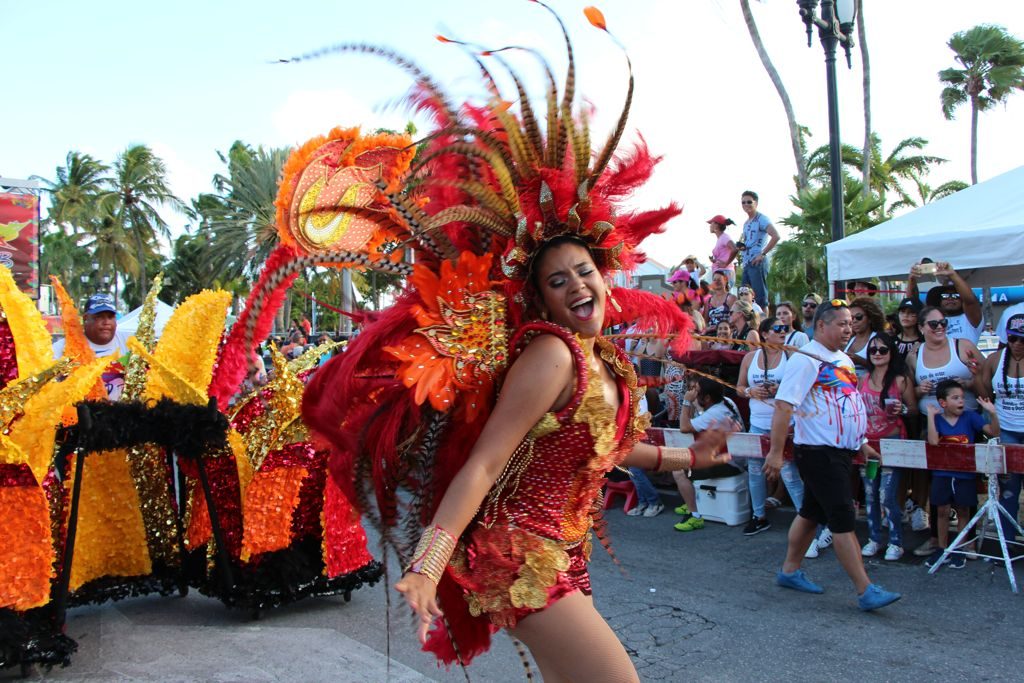
Here’s everything you need to know about Aruba’s biggest celebration:
The Fools Hour
The official beginning of the Carnival season begins in the 11th hour of the 11th day of the 11th month; however actually Carnival activities don’t technically begin until after New Year of the following year. Just use 11am on 11/11 as a guideline for when to let your hair down for the beginning of the holiday season.
Did you hear that, major department stores? There’s absolutely NO reason to start decorating for Christmas before Halloween. I’m sorry (not sorry), but it had to be said.
The Torch Parade
The Torch Parade is the first official event of the carnival season after it’s opening ceremony on the 11th of the 11th. You might have guessed by it’s name that torches are involved. Called Fakkeloptocht in Dutch, this parade can be considered the flame that ignites the carnival season.
Historically, this part of the Carnival involved people carrying actual torches. In more recent years, popular consensus dictates that alcoholic beverages and open flames make uneasy bedfellows so these days the most people light the way with electric torches.
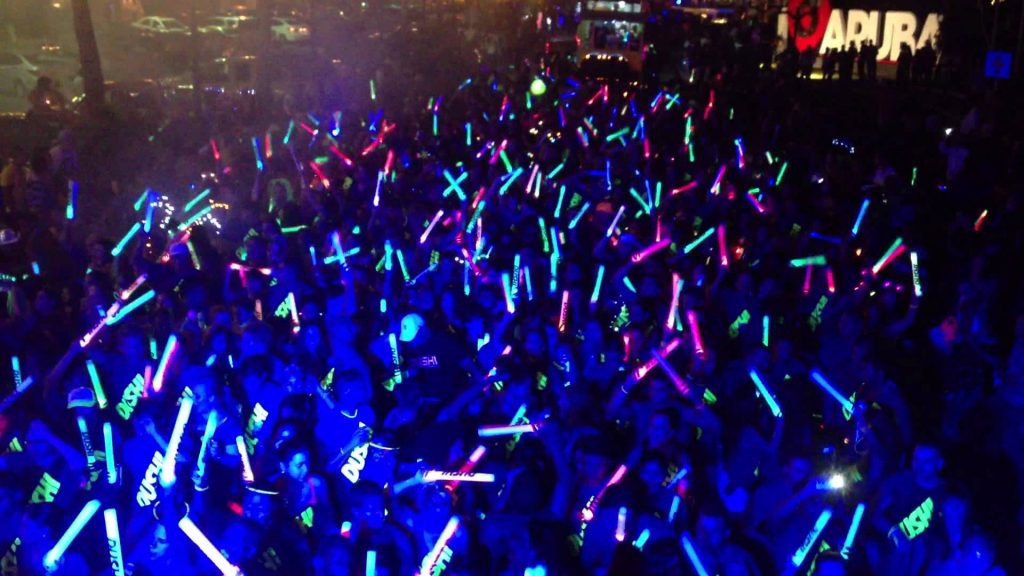
Elections!
What would Carnival be without a Queen and a Prins and Pancho to serve her? While visual aesthetics do play a significant role in the selection of the Queens it takes more than just a pretty face to reign over the Carnival.
Each district holds its own elections to choose women who embody the traits that Aruba prides; charisma, charm, graciousness and elegance. Not to mention strength – have you seen those costumes? Wearing them in the noonday sun is not for the faint of heart, yet every year -despite the heat- the carnival Queens somehow achieve effortless beauty.
That’s right, I said Queens plural. We celebrate ALL our women on the island.
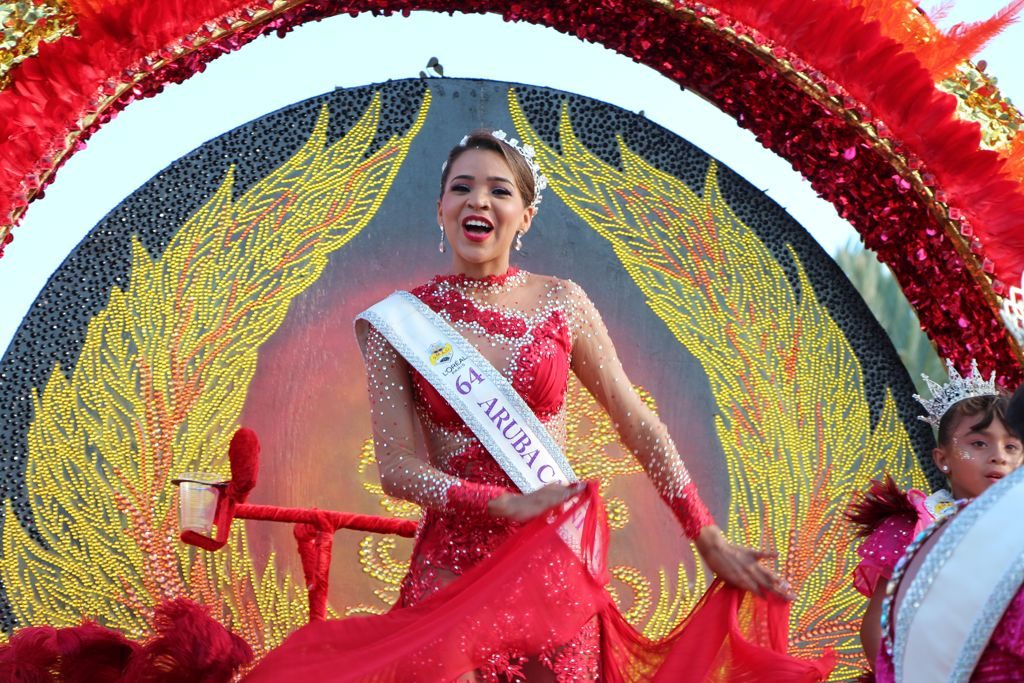
Queens are selected from every walk of a woman’s life. There’s is a Children’s Queen who is between 6-9 years old, a youth Queen (between 13-17), Miss Carnival Queen (between 17-25) and a Mrs. Carnival Queen who is unrestricted by age – as long as she can shake her groove thang she can be a Queen.
Each Queen is chosen after a rigorous election process and then each sit supreme over various Carnival activities with her Prins and his Pancho by her side.
Hebbe Hebbe
Oh, Hebbe Hebbe!!!
We take our music very seriously on the island. Now, everybody has an opinion about which concert series is the most popular on the island, but Hebbe Hebbe is a free show celebrating local bands it has awesome sponsors such as Budweiser.
I can’t come right out and say that Hebbe Hebbe is the best concert on the island because the people who put on the Love Festival are surprisingly tough and they’ve warned me about playing favorites once before (only joking) but Hebbe Hebbe is a special event for Aruba by Aruba and there’s something truly beautiful about that. By beautiful I mean it is a wild and crazy party! Drinking and dancing to the hottest tunes on the island in the moonlight – does it get any better?
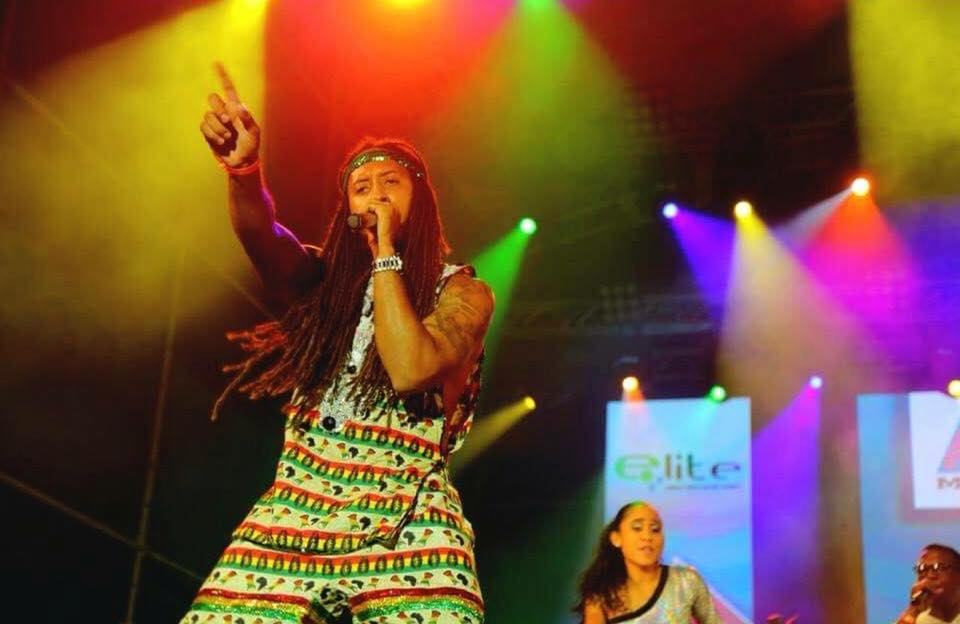
Shiny Happy Children
I’m not trying to brag or anything, but the kids on Aruba are the coolest in the world! Look at them!!

The children’s parade in Saint Nicholas and the balloon parade are all about the kids. I don’t need to say any more about that, just go look at our kids again. Check out these stunning photographs by Ken Grille.
Warning: you should sit down. People have reported being weakened from all the cuteness contained in these pictures.
Parada di Luz San Nicolas
The parade of lights in San Nicholas is absolutely stunning. After dark, people take to the streets and they are glowing. Many of Aruba’s carnival traditions are based on the carnival traditions from other parts of the world.
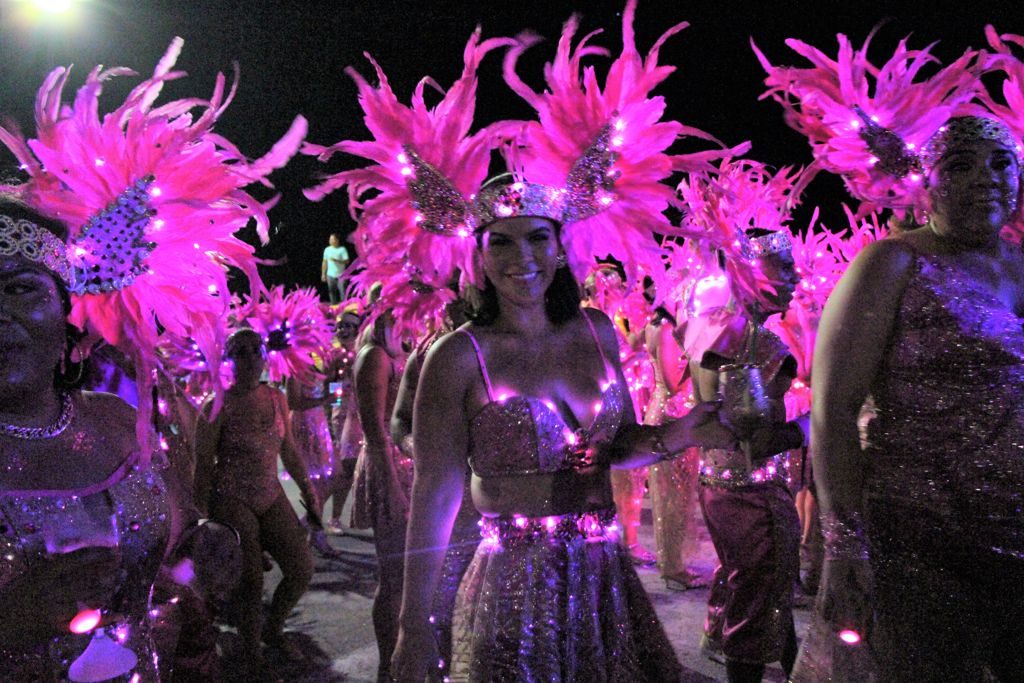
This parade of lights has historical significance. It’s reminiscent of the time of colonization and slavery in the Caribbean. Slaves were brought here from all over the world only to face unspeakable oppression and cruelty. They were denied everything that makes life worth living – even the luxury of being able to celebrate Carnival, like they did back home.
When slavery was abolished, in Trinidad and Tobago, the government tried to prohibit the recently emancipated people from being able to celebrate. They made it illegal to go out in groups, gather on the street and carry torches.
Well, guess what? All those former slaves were done playing.
It’s been said that all those people, bound together by a shared horror, realized the strength in their numbers and openly defied the government – taking to the street, enmass after curfew, carrying torches. They used their newfound freedom of civil disobedience to fight for the right to party. How cool is that?
Fearing (I assume) for their powdered wigs in the face of all those open flames, the Colonists realized they were being ridiculous and allowed the people to celebrate as they fit.
Kiwanis Club Masquerade Party
I am dying for a ticket to this party. I can’t accurately write about it because I’ve never been. (A-hem)
What I do know is that masquerade balls are are a tradition that traveled through Europe via Venice where they date back to the Renaissance. A masquerade theme is predominant in carnival celebrations because they keep with the theme of being able to cast you inhibitions aside and be who you secretly want to be – which is obviously easier when you’re wearing a mask. Just ask Batman.
Masquerade balls are so awesome that Aruba decided to invite one to Carnival. How cool is that? The Kiwanis club is known for two things; community service and throwing a hell of a party, so their yearly masquerade ball is a win-win. All of the proceeds from their events go to worthy causes on the islands.
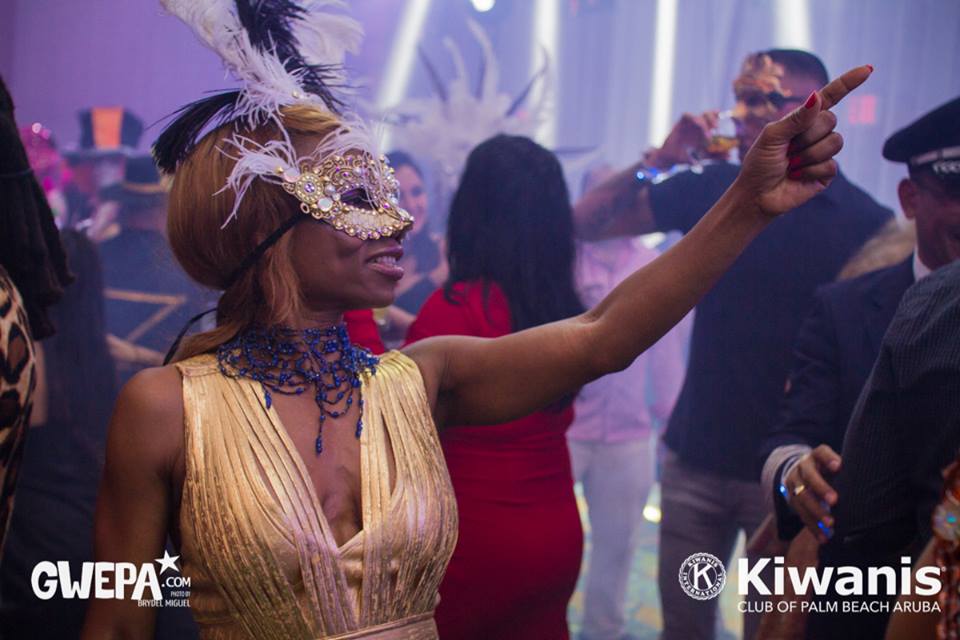
Thank you Kiwanis Club!
Grand Parade San Nicolas & Grand Parade on Oranjestad
Why do we have to two Grand Parades?
Because we can.
The parade in San Nicolas is described as a little bit more homey and low key then the one that goes through the main Street downtown. It’s a little bit smaller and attended by less tourists, so the participants admit to feeling a little more relaxed but it’s nothing personal, you guys!
So many tourists come to Aruba especially to go to the Grand Parade in Oranjestad and we know it. The performers go all out to give you a good show and that can be a little nerve wracking.
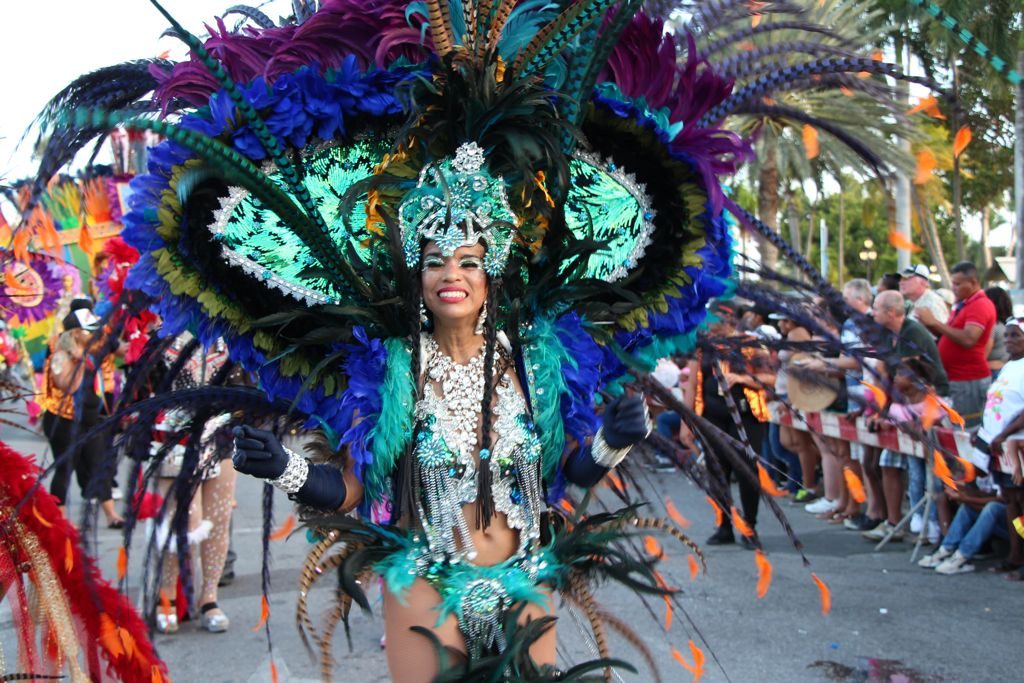
King and Queen of the Band
There are only two Kings in the Carnival and one of them gets burned at the end. I told you we take our music seriously here, right? The King and Queen of the band are the two performers who have what it take to represent Aruba’s Rich musical history for the year. There are several musical competitions including best band and best road march during the course of the Carnival season but in the end there’s just two musicians left standing.
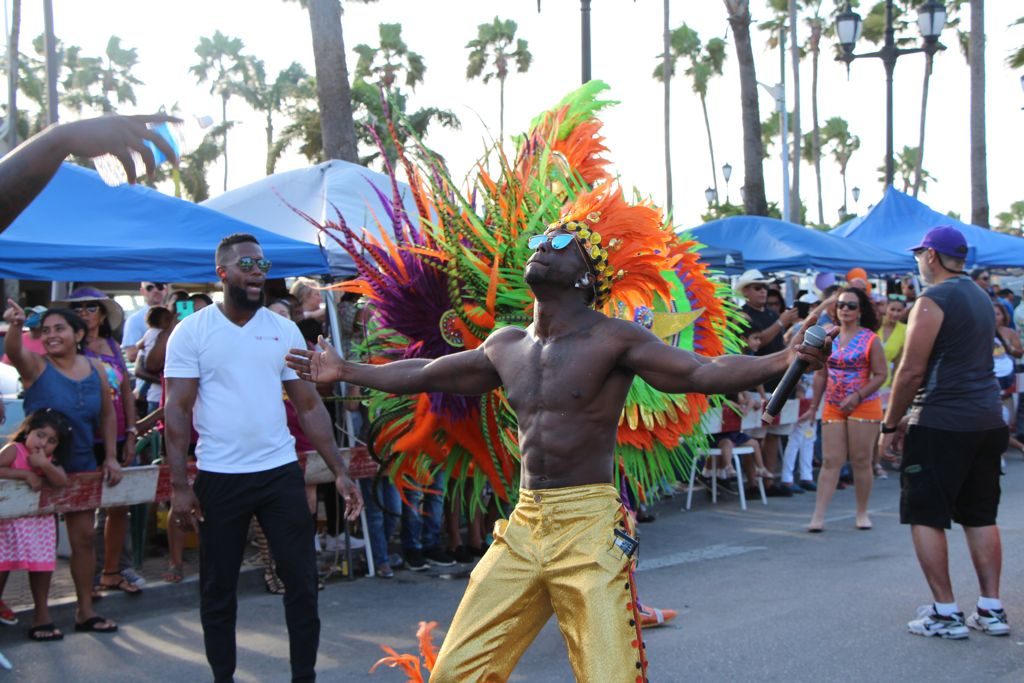
J’ouvert Morning
What happens on Jouvert Morning stays at Jouvert Morning. Seriously, I’ve never been and I can’t get anybody to give me details. All I’ve been able to sort out is that it’s a giant pajama party set to Soca Music the morning before the Grand Parades. (Yes, we have two of these, too.) This party starts at 3am and rages on until 8am in the morning, on the day of the Lighting Parade which is always celebrated on a Saturday. And now you know why the Monday before Ash Wednesday is a national holiday. We need a day off to recover.
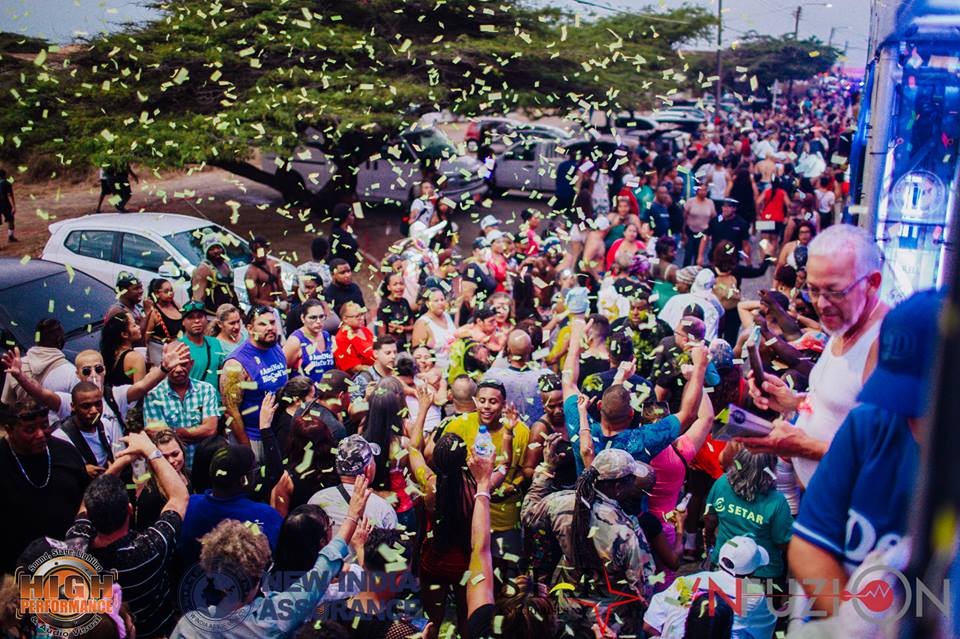
Tivoli Lighting Parade ~ The Beginning and the End
Ahhh, where it all began! Here’s the origin story you’ve been waiting for and it begins at the end of WWII. To commemorate the end of the second World War, Aruba did what Aruba does best – threw a really big spontaneous party. The next year, Aruba oldest private social club did what private social clubs do best an organized an elaborate celebration. That was in 1945. You may have noticed that since this year is the 65th Carnival – math doesn’t add up. if you’re asking why that is please take a moment and familiarize yourself with the concept of Caribbean Standard Time.
It took about 10 years for Carnival to evolve from one big party celebrating the end of tyranny (that coincided with the Lenten Season) to the elaborate spectacle that it is today.
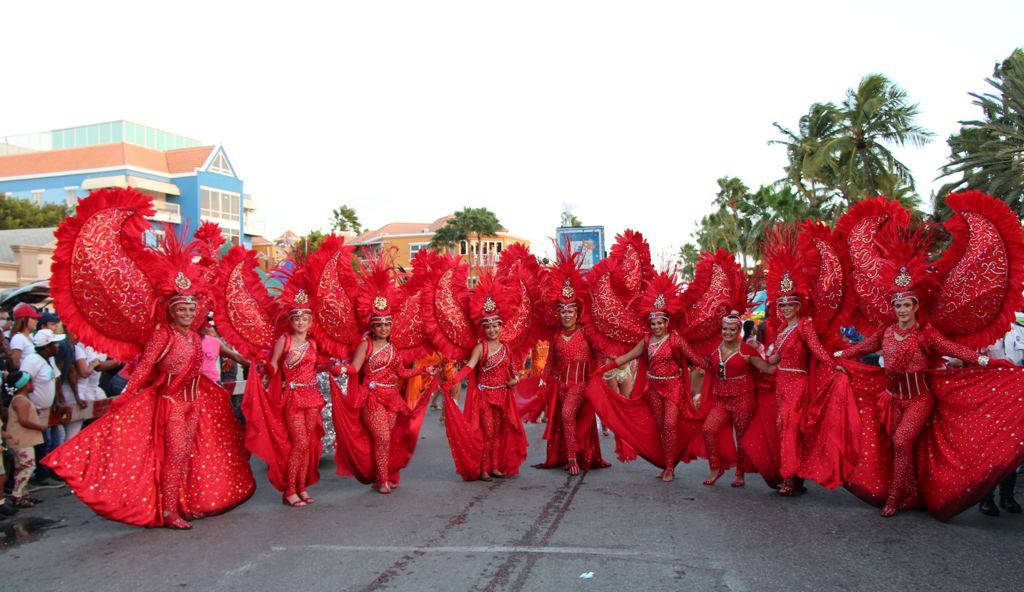
Remember those torches from earlier? Another one is required at the end of the parade – because that’s when King Momo gets it.
Who is King Momo? I am so glad you asked.
King Momo is an effigy to decadence. He embodies all of the traits of Carnival that could be deemed sinful. He represents excess; lust, overindulgence – well basically most of what Carnival is about, really. Some country’s Carnival celebrations involve a human representation of King Momo, who rules the Carnival but in Aruba we leave that job to our fair Queen and her loyal escorts. The lightning parade ends at the feet of Momo where he is burned at 8 o’clock sharp after the grand parade. After that, the island hunkers down for 40 days of relative sobriety. No, really…we do. Kinda.
Fun Fact: most of the people who participate in the Carnival start planning the following year at the burning of Momo. It’s called ‘Carnival Culture’ and it’s authentic Aruba.
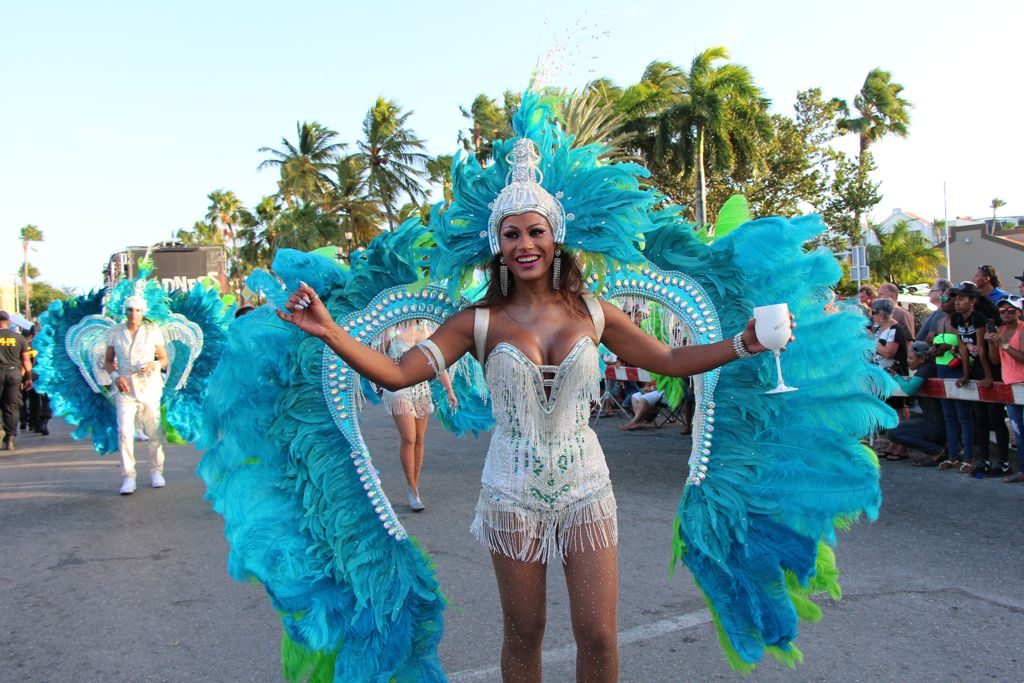
In the 65 years since then Carnival has become the cultural touchstone of the island, reflecting the fashion, music and the vibe of the times. It’s something to look forward to on difficult days, something to look back on in moments of monotony. It binds us all together.
There are still a few activities left in Aruba’s 65th Carnival celebration. Want to come and play?


